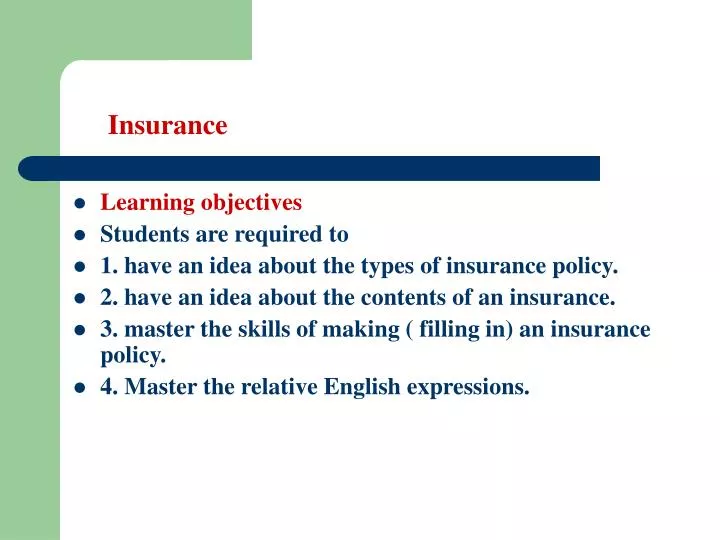The Ultimate Guide To Pacific Prime
The Ultimate Guide To Pacific Prime
Blog Article
Unknown Facts About Pacific Prime
Table of ContentsSee This Report about Pacific PrimeGet This Report on Pacific Prime8 Simple Techniques For Pacific PrimeThe smart Trick of Pacific Prime That Nobody is DiscussingNot known Details About Pacific Prime

This is because the information were collected for a duration of solid economic efficiency. Of the approximated 42 million people that were without insurance, all yet about 420,000 (concerning 1 percent) were under 65 years old, the age at which most Americans come to be eligible for Medicare; 32 million were grownups between ages 18 and 65, about 19 percent of all grownups in this age group; and 10 million were youngsters under 18 years of age, regarding 13.9 percent of all children (Mills, 2000).
These quotes of the variety of persons without insurance are produced from the yearly March Supplement to the Existing Population Survey (CPS), carried out by the Census Bureau. Unless otherwise noted, national price quotes of individuals without medical insurance and percentages of the population with different kinds of protection are based on the CPS, one of the most widely used source of price quotes of insurance coverage and uninsurance rates.
How Pacific Prime can Save You Time, Stress, and Money.

Still, the CPS is specifically useful because it produces annual estimates relatively rapidly, reporting the previous year's insurance coverage estimates each September, and due to the fact that it is the basis for a regular collection of price quotes for even more than two decades, permitting analysis of fads in protection gradually. For these factors, in addition to the comprehensive use of the CPS in various other research studies of he has a good point insurance policy protection that are offered in this report, we rely upon CPS price quotes, with limitations kept in mind.

The quote of the number of uninsured people expands when a populace's insurance coverage standing is tracked for several years. Over a three-year duration starting early in 1993, 72 million individuals, 29 percent of the U.S. https://pacific-prime.jimdosite.com/. populace, were without coverage for at the very least one month. Within a solitary year (1994 ), 53 million individuals experienced at the very least a month without coverage (Bennefield, 1998a)
6 out of every 10 without insurance grownups are themselves used. Functioning does enhance the possibility that one and one's family members will have insurance policy, it is not a warranty. Also participants of households with two full time wage earners have virtually a one-in-ten opportunity of being without insurance (9.1 percent uninsured rate) (Hoffman and Pohl, 2000).
The Pacific Prime Statements
New immigrants account for a significant percentage of people without health insurance coverage. One evaluation has connected a significant part of the recent development in the size of the united state uninsured population to immigrants who arrived in the nation in between 1994 and 1998 (Camarota and Edwards, 2000). Recent immigrants (those who pertained to the United States within the past 4 years) do have a high price of being uninsured (46 percent), but they and their kids make up just 6 percent of those without insurance coverage nationally (Holahan et al., 2001).
The connection between health and wellness insurance and access to care is well developed, as documented later in this chapter. Although the connection between wellness insurance policy and health end results is neither direct nor straightforward, a considerable clinical and health solutions study literature web links health insurance protection to improved access to care, better top quality, and improved individual and populace health standing.
Levels of evaluation for taking a look at the impacts of uninsurance. It concentrates particularly on those without any kind of health and wellness insurance coverage for any type of length of time.
Pacific Prime for Dummies
The troubles dealt with by the underinsured are in some aspects similar to those faced by the uninsured, although they are typically less severe. Wellness insurance, nonetheless, is neither needed nor enough to obtain access to clinical solutions. The independent and direct result of health and wellness insurance protection on access to wellness services is well developed.
Others will get the health and wellness care they require even without wellness insurance policy, by paying for it expense or seeking it from suppliers who provide treatment cost-free or at very subsidized rates. For still others, medical insurance alone does not ensure invoice of treatment due to the fact that of various other nonfinancial barriers, such as a lack of wellness care service providers in their community, restricted access to transportation, illiteracy, or etymological and cultural distinctions.
Pacific Prime - Questions
Official research about uninsured populaces in the United States dates to the late 1920s and early 1930s when the Committee on the Expense of Treatment produced a collection of records concerning financing medical professional workplace check outs and hospitalizations. This concern became salient as the numbers of medically indigent climbed up throughout the Great Depression.
Report this page